
The gallbladder, as an organ of the digestive system, plays an important role in the digestion of food, since its main role is to releases the stored bile into the small intestine in order to help in the digestion of the eaten food. The bile ducts are small drainage tubes that join the liver and gallbladder, as well as the gallbladder and small intestine, through which the bile is transported. The bile ducts can be affected by various diseases and almost all of them cause the bile duct blockage, which is the reason why the symptoms of all the bile duct diseases are either the same or similar.
Chronic bile duct diseases
The formation of gallstones within the gallbladder is the prime cause for the incidence of blocked bile ducts. In most cases, the blockage occurs in the large drain pipe at the liver’s base. Due to the duct blockage, the waste accumulates in the bile duct and in the bloodstream. Furthermore, the bacteria may collect above the gallstone and in the liver, thus leading to the occurrence of a serious infection, which is known as ascending cholangitis. On the other side, cholecystitis is a condition that occurs when the gallstone gets stuck between the gallbladder and common bile duct.
Cholangiocarcinoma is the medical term for the cancer of the bile duct, and it also leads to the bile duct obstruction. Strictures or scars that usually make the bile ducts narrower after an infection are also responsible for the incidence of the bile duct blockage. Primary sclerosing cholangitis is a very rare bile duct disease, which affects mostly men, particularly those who suffer from some inflammatory bowel disease.
On the other hand, primary biliary cirrhosis is also a rare condition of the bile ducts, but it mainly affects women, especially those who suffer from thyroiditis and rheumatoid arthritis, as well as from Sjogren's syndrome. These two bile duct diseases are marked by the bile duct walls’ inflammation, which causes the narrowing of the bile ducts and scarring of the walls. The bile duct blockage may also occur due to the disease called biliary atresia. This disease appears in infants in the first few weeks after their birth when the development of the bile ducts is not yet completed. The chronic conditions of the last three bile duct diseases described above may cause certain complications, such as the liver cirrhosis, which is marked by the liver inflammation and scarring.
- medlineplus.gov/bileductdiseases.html
- medlineplus.gov/ency/article/000263.htm
- Photo courtesy of u25c0dianeu25b6 by Flickr: www.flickr.com/photos/8737229@N03/2495921735


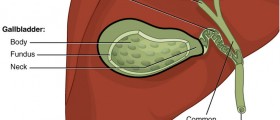



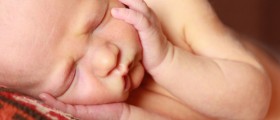

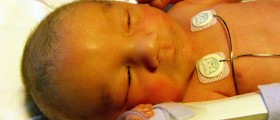
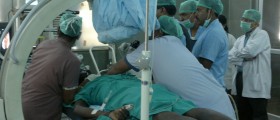


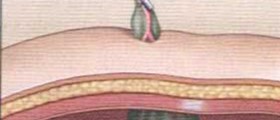



Your thoughts on this
Loading...